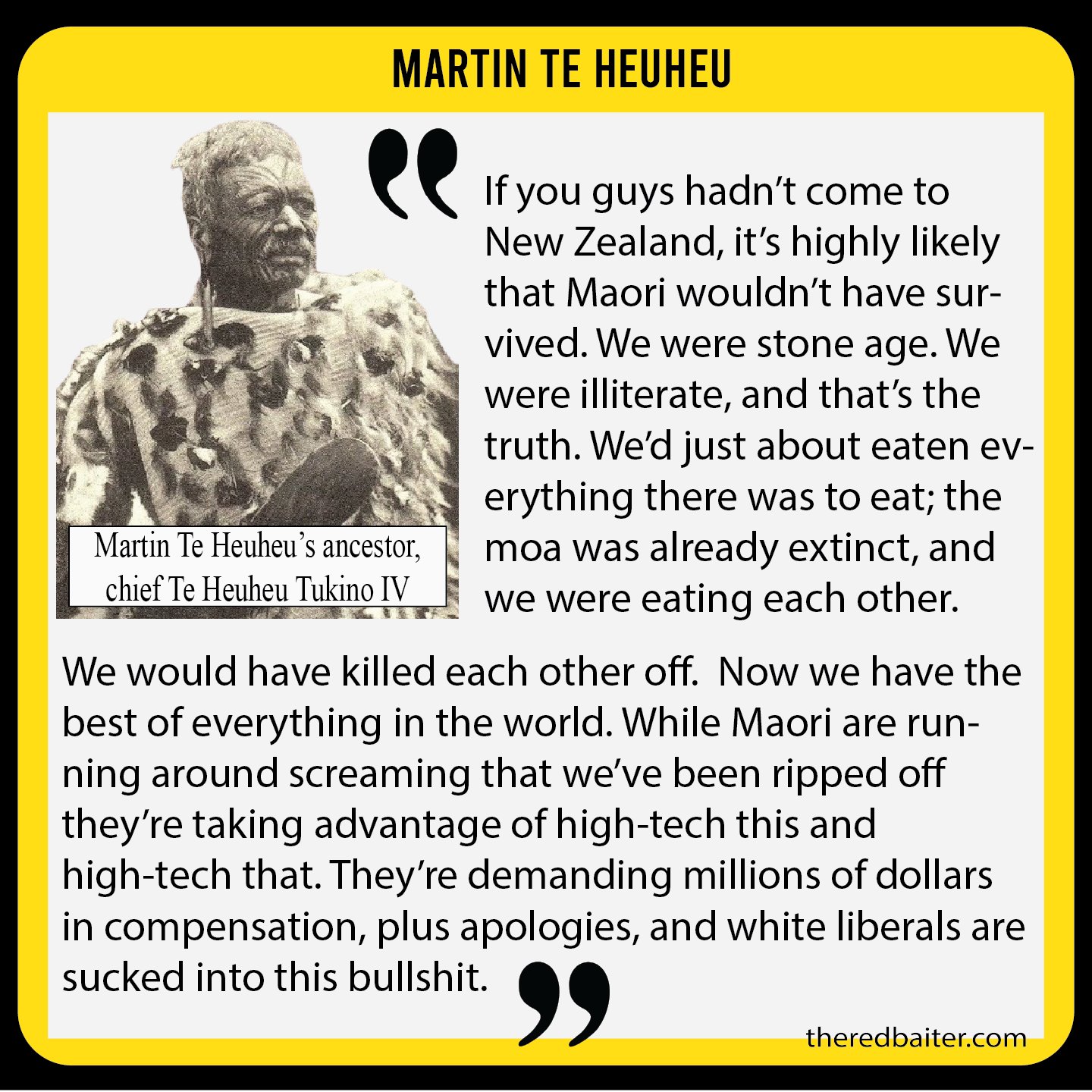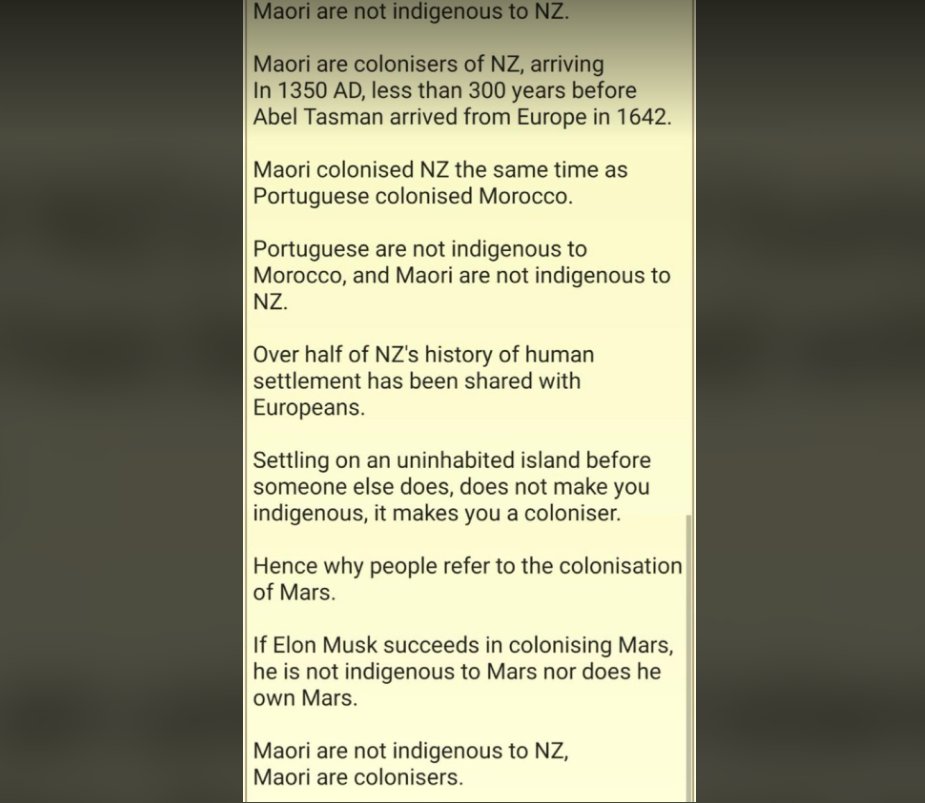
Never forget
Happy anniversary Jacinda! Every day has just got better & better since you left! 🤣Tucker Carlson said it best! The appalling Prime Minister of New Zealand 🤣 the one with the big teeth, the worst totalitarian prime minister #NewZealand has ever had, hands down #nzpol pic.twitter.com/ZkyNAqFaaM
— WildandFree17 (@Wildnfree1984) January 19, 2024
Just pointing it out
GOLD
From the river to the sea It’s Kmart for you and Scotties for me.
From the river to the sea My clothes from Scotties are always free.
From the river to the sea When the climate is hot I will quickly flee.
From the river to the sea Wonderful Green morality.
From the river to the sea, I shoplift at Scotties
From the river to the sea, I’m just stealing casually
From the river to the sea, Distract them, please, Chloe
From the river to the sea, I stole items more than three
From the river to the sea, Best I leave the country








